Our Story
Miracles Happen Every Day
Mira Winery is a name inspired by the Latin root of “miracle” and Greek for “destiny.” Our approach to winemaking is one of intention, precision and artistry. Using only sustainably farmed, 100% Napa Valley fruit, each wine reveals itself in its own time as a deliciously magical snapshot of a time and place, meant to be shared now and for years to come.
Experience Napa Valley’s Essence With Mira Wines
Crafted with passion and patience since 2009, Mira wines embody the true soul of Napa Valley. With over 50 wines earning ratings of 90 points or higher from renowned critics—a testament to our pursuit of excellence—every bottle tells the story of single-vineyard, 100% varietal creations born from natural farming and aged to perfection in French oak.
Ready to enjoy now and destined to captivate for years, Mira delivers an authentic taste of Napa—whether savoring a first glass or sharing bottles across celebrations.
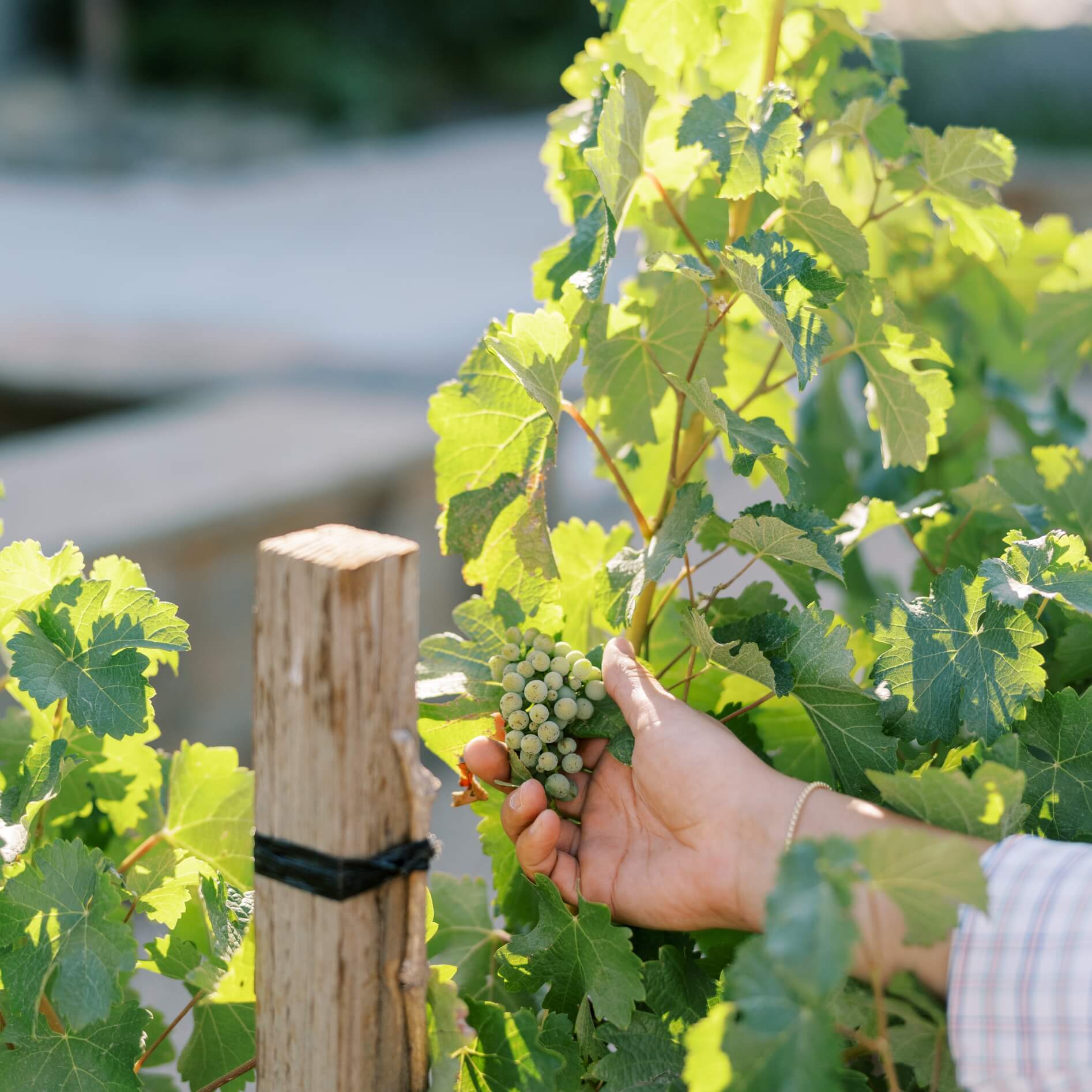
Our Team

Jim “Bear” Dyke
Proprietor
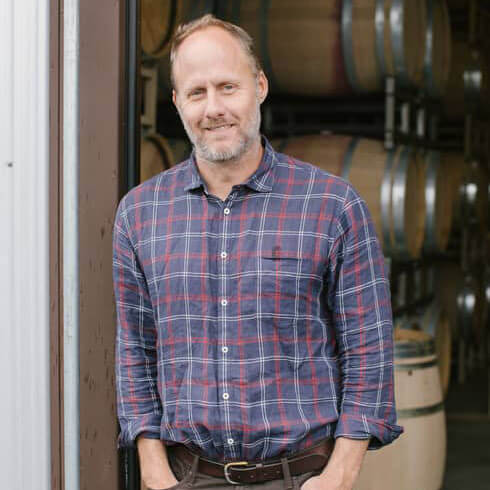
THOMAS RIVERS BROWN
WINEMAKER

Molly Pearson
VP Sales & Marketing
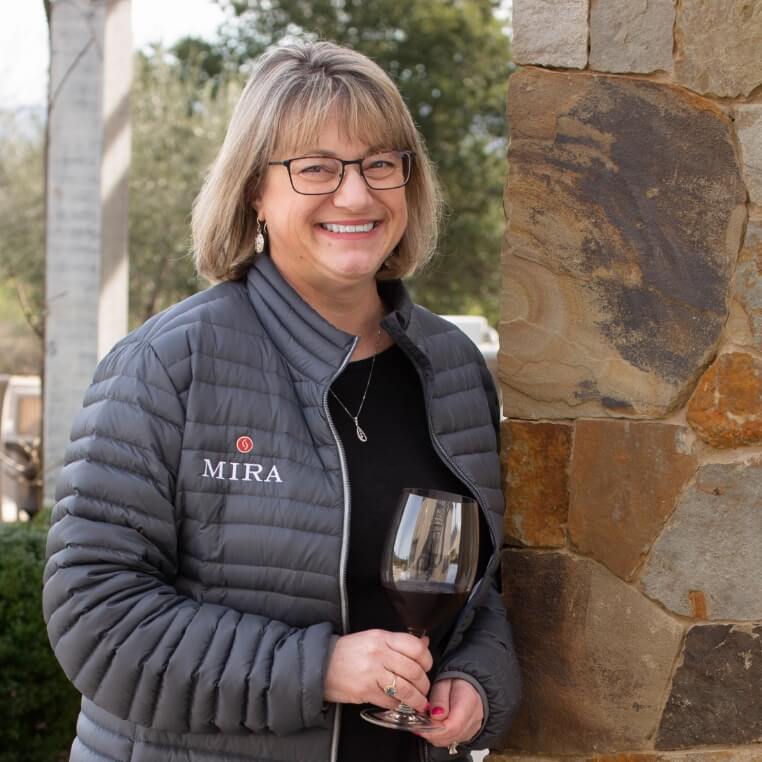
Heather Mathias
CFO
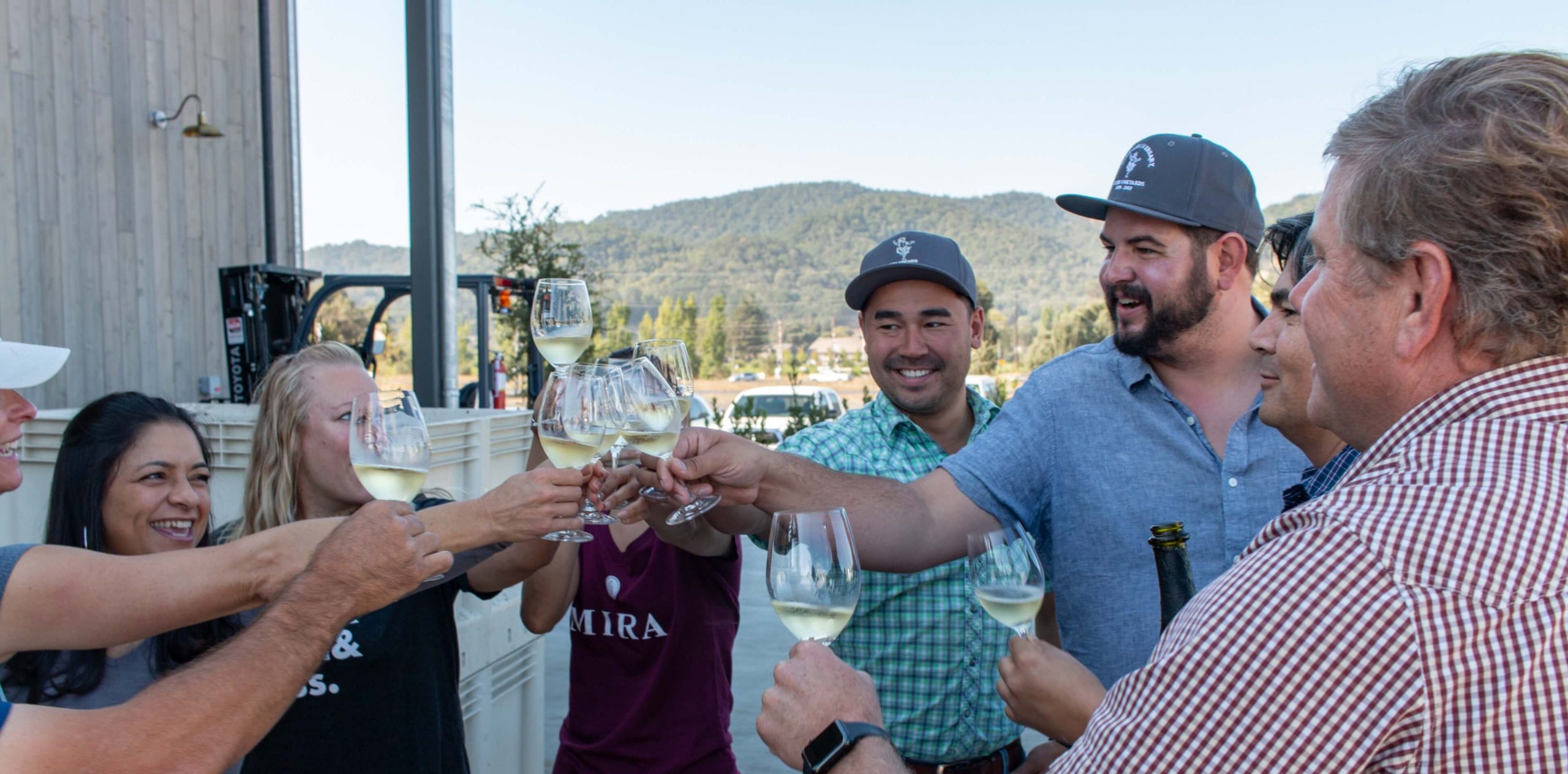
Golden Ratio
The Mira brand and wines were designed around the Golden Ratio
The golden ratio is best approximated by the Fibonacci sequence and is at the heart of architecture, art and nature. It is also at the heart of Mira from our first connection and our Ovum, the winery’s wooden, egg-shaped fermenter. Ovum embodies the Golden Ratio in both form and function, allowing for fermentation to mix itself naturally inside the egg.
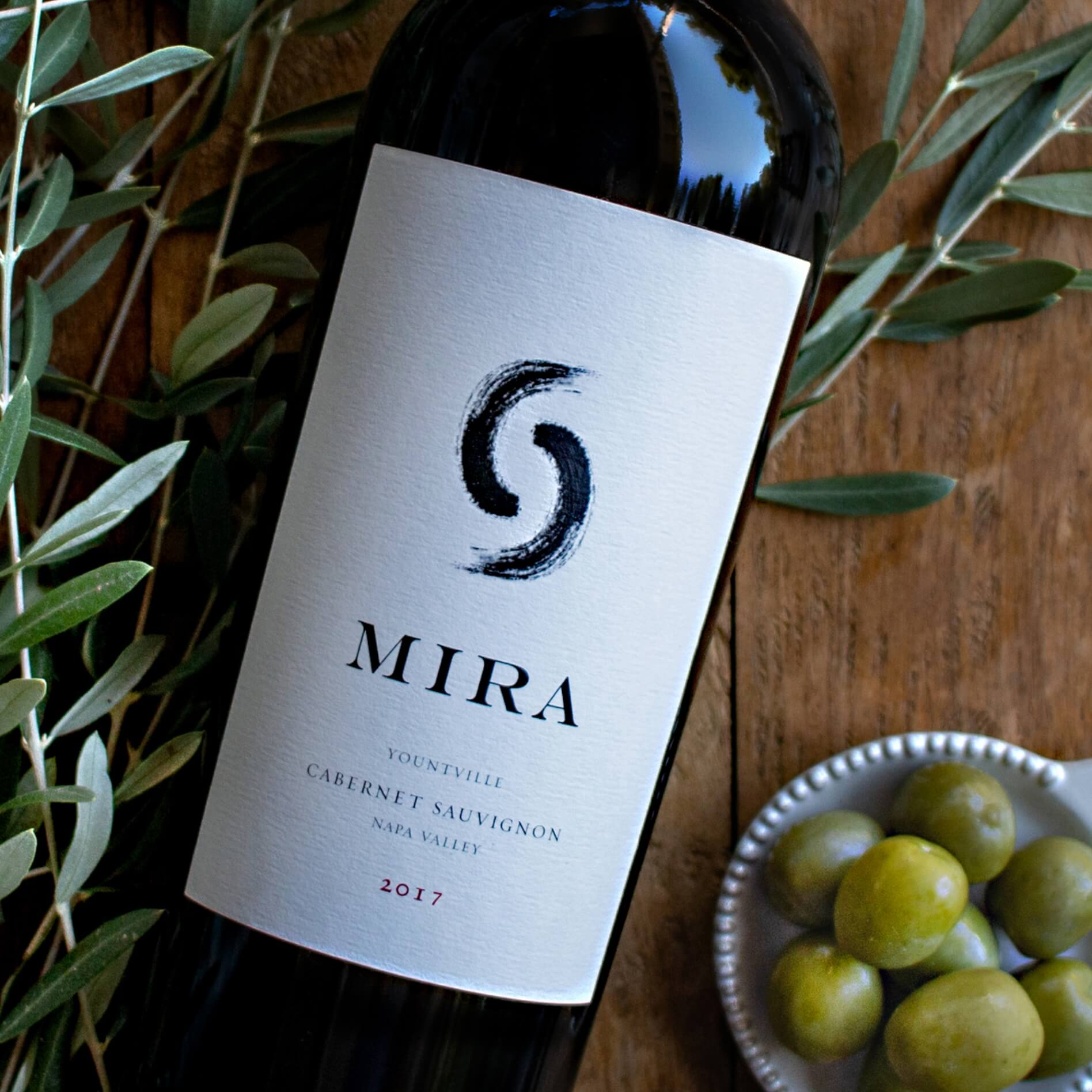
Finance
“Fibonacci retracement” is a tool that technical analysts use to guide their outlook about buying and selling behavior in markets. This technique is named after and derived from the famous Fibonacci sequence, a set of numbers with properties related to many natural phenomena. While using these numbers to predict market movements is a lot less certain than using it to calculate sunflower seed patterns, the appearance of the sequence in the field of finance is yet another testament to its power in capturing the human imagination.
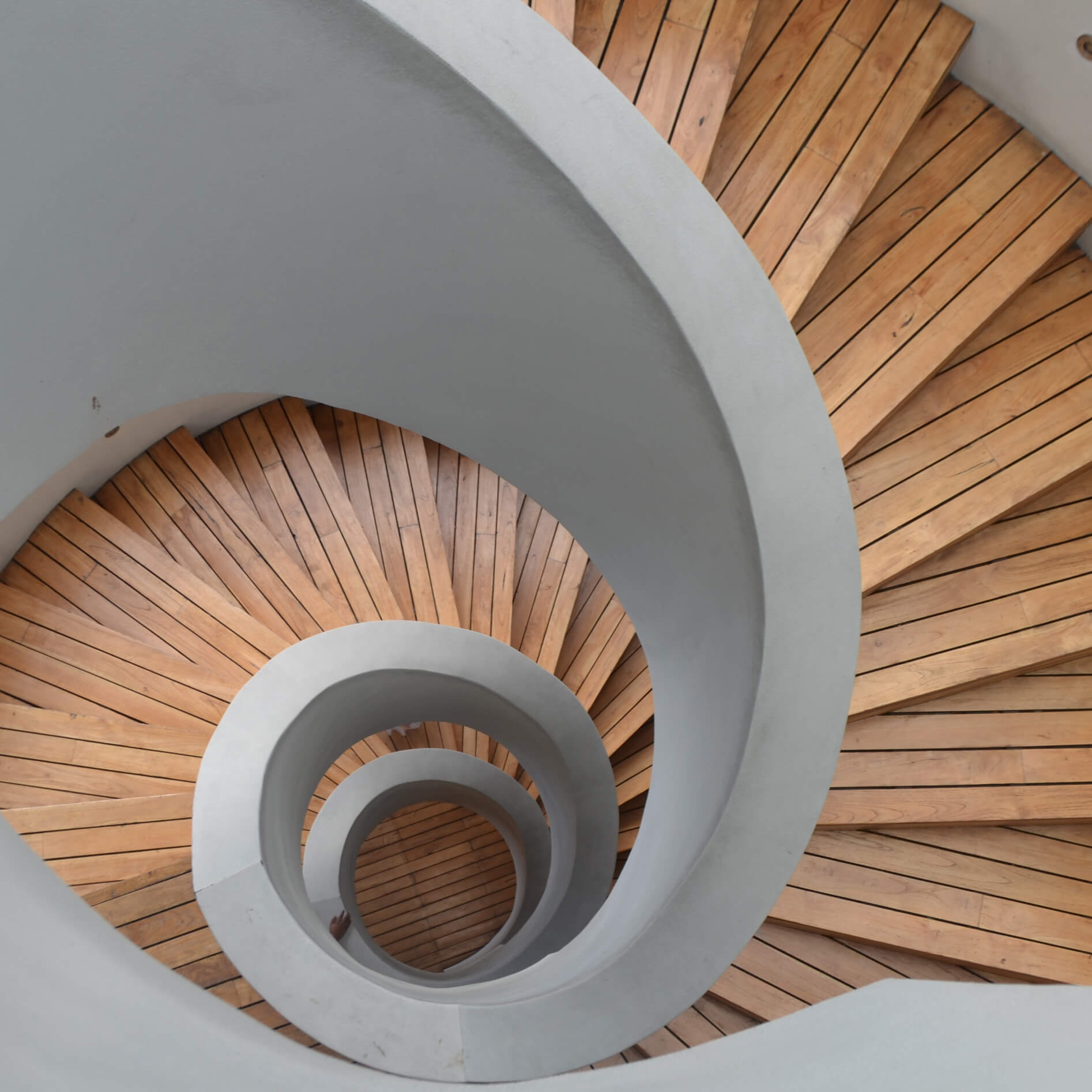
Architecture
The Fibonacci sequence and is often used in architecture and art because it is believed to produce aesthetically pleasing divisions and proportions. In many cases, the golden ratio was applied later during the analysis of the artwork/building, and the eye sees what it wants to see.
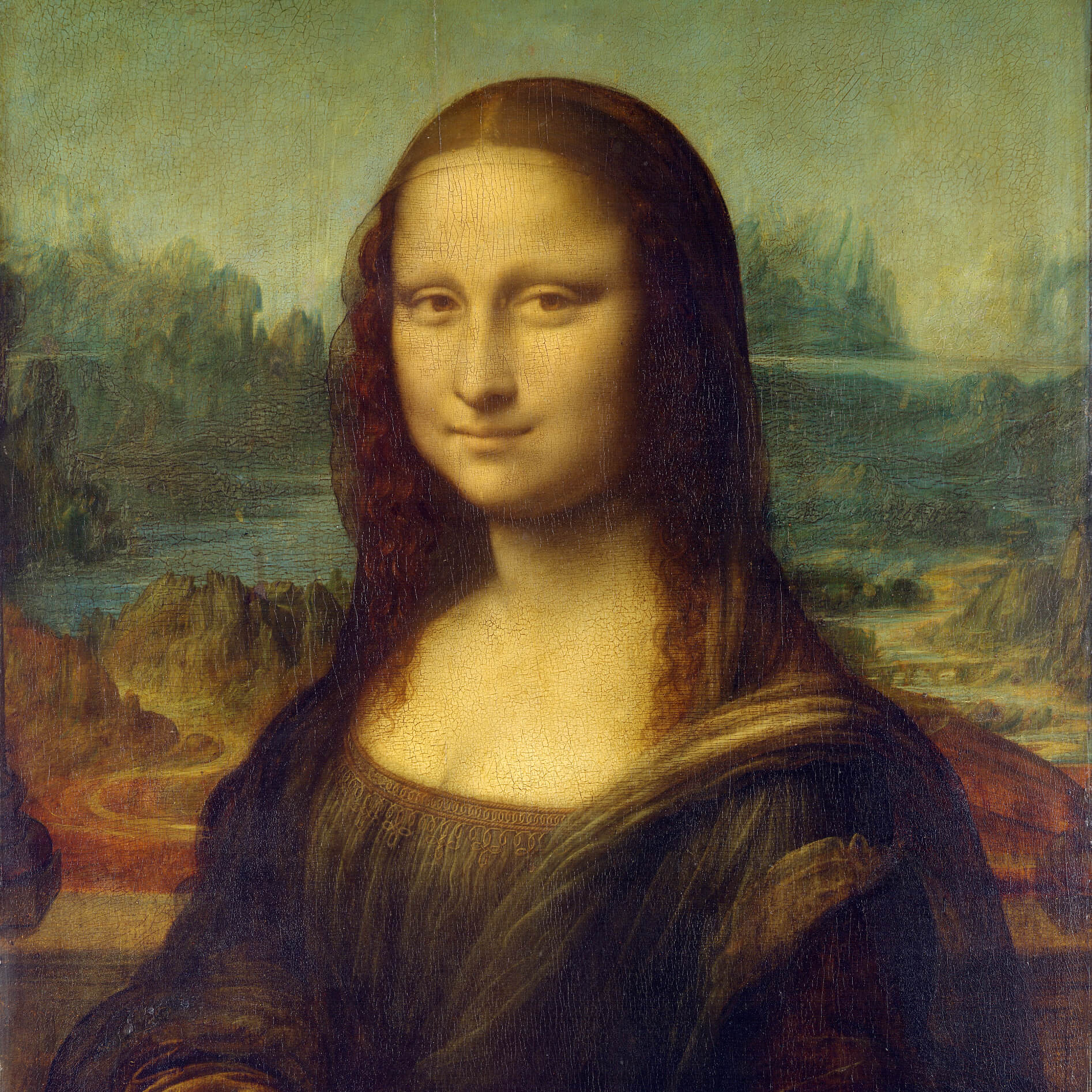
Art
One very famous piece, known as the Mona Lisa, painted by Leonardo Da Vinci, is drawn according to the golden ratio. If we divide that rectangle with a line drawn across her eyes, we get another golden rectangle, meaning that the proportion of her head length to her eyes is golden.

Nature
Many examples of Fibonacci numbers are found in phenotypic structures of plants and animals. Indeed, Fibonacci numbers often appear in number of flower petals, spirals on a sunflower or nautilus shell, starfish, and fractions that appear in phyllotaxis [4, 18, 10]. Another simple example in which it is possible to find the Fibonacci sequence in nature is given by the number of petals of flowers. Most have three (like lilies and irises), five (parnassia, rose hips) or eight (cosmea), 13 (some daisies), 21 (chicory), 34, 55 or 89 (asteraceae).

